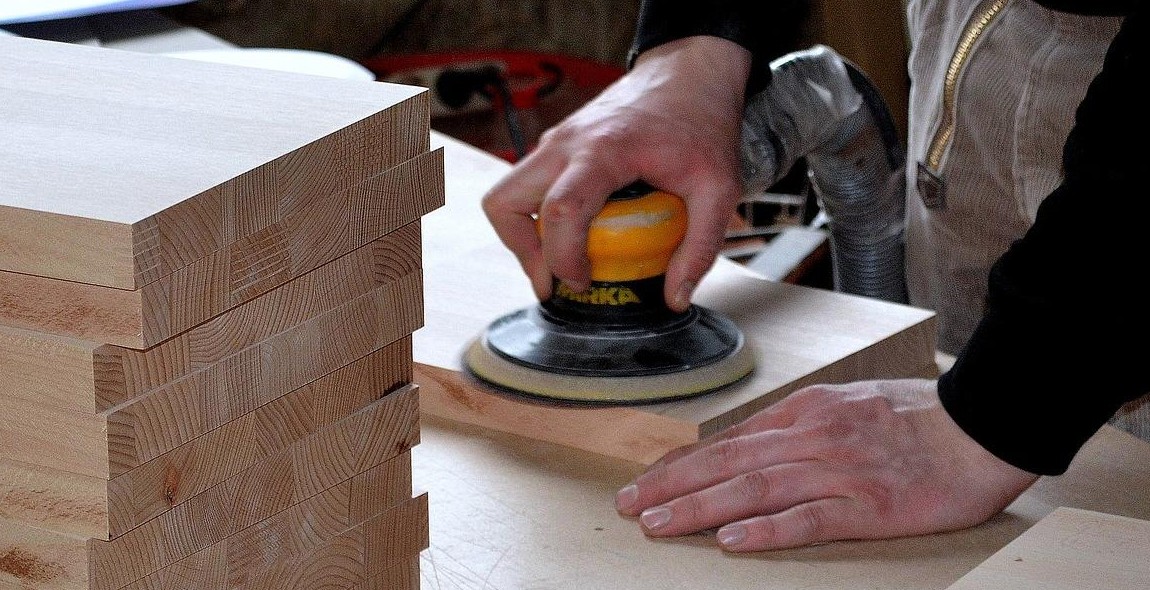How to Do Basic Woodworking: Essential Skills for DIY Wood Projects
Woodworking is a rewarding and fulfilling hobby that allows you to create beautiful and functional items from scratch. Whether you’re a beginner or an experienced DIY enthusiast, mastering the essential skills of woodworking is crucial to creating successful projects.
The Benefits of Basic Woodworking
Basic woodworking skills can help you save money and give you the satisfaction of creating something with your own hands. You can make furniture, home decor, toys, and other items that you would otherwise have to buy. With the right tools and techniques, you can also repair and restore old furniture and other items, giving them a new lease on life.
Getting Started with Basic Woodworking
If you’re new to woodworking, it’s important to start with the basics. You’ll need to learn about tools, safety, and the different types of wood. You’ll also need to understand the different types of joints and how to use them to create strong and durable projects.
Some of the essential skills you’ll need to master include measuring and marking, cutting and shaping, sanding and finishing, and assembling and joining. You’ll also need to learn how to read plans and blueprints, and how to choose the right materials for your projects.
Conclusion
With the right knowledge and skills, anyone can learn basic woodworking and create beautiful and functional items. Whether you’re a hobbyist or a professional, the essential skills of woodworking are essential to any DIY project.

Understanding Woodworking
Before you start any woodworking project, it’s important to have a basic understanding of the different types of wood, grain direction, and the tools you’ll be using.
Types of Wood
There are two main types of wood: hardwood and softwood. Hardwoods come from deciduous trees like oak, maple, and cherry, while softwoods come from evergreens like pine, spruce, and fir.
Hardwoods are generally more expensive than softwoods, but they’re also denser and more durable, making them ideal for furniture and other projects that require strength and longevity. Softwoods, on the other hand, are easier to work with and are often used for outdoor projects like decks and fences.
Grain Direction
The grain direction of wood refers to the direction of the wood fibers. Grain direction affects the strength, stability, and appearance of the finished product.
There are two types of grain: straight grain and cross grain. Straight grain runs parallel to the length of the board and is stronger and more stable. Cross grain runs perpendicular to the length of the board and is weaker and less stable.
When working with wood, it’s important to pay attention to the grain direction. For example, when cutting a board, you should always cut with the grain to prevent splintering and ensure a clean cut.
Woodworking Tools
Woodworking requires a variety of tools, from hand tools like chisels and saws to power tools like drills and sanders. Some essential tools for any woodworking project include:
- Saw: Used for cutting wood
- Chisel: Used for carving and shaping wood
- Hammer: Used for driving nails and other fasteners
- Screwdriver: Used for driving screws and other fasteners
- Drill: Used for drilling holes in wood
- Sander: Used for smoothing and finishing wood
It’s important to use the right tool for the job and to always follow safety guidelines when working with power tools.
| Hand Tools | Power Tools |
|---|---|
| Saw | Drill |
| Chisel | Sander |
| Hammer | Router |
| Screwdriver | Jigsaw |
By understanding the different types of wood, grain direction, and the tools you’ll be using, you’ll be well on your way to mastering basic woodworking skills.

Basic Woodworking Skills
Woodworking is an ancient craft that has been practiced for centuries. It is a skill that involves using tools to shape, cut, and join pieces of wood to create beautiful and functional objects. Whether you are a beginner or an experienced woodworker, there are essential skills that you need to master to ensure good results in your projects.
Measuring and Marking
Accurate measurement and marking are crucial in woodworking. They ensure that your wood pieces fit together perfectly and your finished product looks professional. To measure accurately, use a measuring tape or a ruler. Always measure twice to avoid mistakes. To mark your wood, use a pencil or a marking knife. A marking knife is a special knife that creates a precise, thin line that is easy to see and follow.
Cutting Techniques
Woodworking involves a lot of cutting, and there are various ways to cut wood depending on the tool you are using and the type of cut you want to make. The most common cutting tools in woodworking are saws. A handsaw is perfect for making straight cuts, while a jigsaw is ideal for making curved cuts. A circular saw is perfect for making long, straight cuts. Always wear protective gear such as gloves and goggles when cutting wood to avoid injuries.
Joinery Techniques
Joinery is the process of connecting two pieces of wood together. There are various techniques for joining wood, each with its unique advantages and disadvantages. The most common joinery techniques are butt joints, lap joints, and mortise and tenon joints. Butt joints are the simplest and easiest to make, while mortise and tenon joints are the strongest and most durable. Choose the technique that best suits your project and skill level.
| Tool | Function |
|---|---|
| Measuring tape | Measuring lengths and distances accurately |
| Ruler | Measuring lengths and distances accurately |
| Marking knife | Creating precise, thin lines for marking wood |
| Handsaw | Making straight cuts in wood |
| Jigsaw | Making curved cuts in wood |
| Circular saw | Making long, straight cuts in wood |
Mastering these basic woodworking skills will help you create beautiful and functional wood projects. Remember to practice safety at all times and to use the appropriate tools and techniques for each project. With time and dedication, you will become a skilled woodworker and be able to create intricate and complex projects with ease.

Safety Tips for Woodworking
Woodworking can be a fun and rewarding hobby, but it also involves some risks. To ensure a safe and enjoyable experience, it’s important to follow some basic safety tips:
Protective Gear
Wearing the right protective gear is essential when working with wood. Here are some items you should always have on hand:
- Safety glasses to protect your eyes from flying debris
- A dust mask to prevent inhalation of sawdust
- Hearing protection to prevent damage from loud machinery
- Gloves to protect your hands from splinters and cuts
- A sturdy apron to protect your clothes
Safe Tool Use
Using woodworking tools properly is crucial to prevent accidents. Here are some tips to keep in mind:
- Always read the manufacturer’s instructions before using a tool
- Never use a tool that is damaged or not working properly
- Keep your hands away from the cutting edge of a tool
- Secure your workpiece properly before cutting or drilling
- Never remove safety guards or other safety features from a tool
Proper Storage and Maintenance
Storing and maintaining your tools properly can help prevent accidents and prolong their lifespan. Here are some tips:
- Store your tools in a dry, secure location
- Keep your tools clean and free of debris
- Sharpen your cutting tools regularly
- Inspect your tools before each use to ensure they are in good condition
- Replace any damaged or worn out parts immediately
Conclusion
By following these safety tips, you can enjoy woodworking while minimizing the risk of accidents. Remember to always prioritize safety and take the necessary precautions before starting any project.
Conclusion
Learning basic woodworking skills is an essential part of any DIY enthusiast’s journey. Whether you’re interested in building a new piece of furniture or repairing an old one, knowing how to handle wood and the tools required is essential.
In this article, we have covered some of the essential skills required for basic woodworking. From choosing the right type of wood to understanding the various tools and their uses, you now have a good foundation to start your woodworking journey.
Remember, practice makes perfect. Don’t be afraid to make mistakes and learn from them. As you gain more experience, you’ll become more comfortable with the tools and techniques, and your projects will become more complex and impressive.
Before you start your next woodworking project, make sure to plan out your design, choose the right materials, and take the necessary safety precautions. Always wear protective gear and keep your workspace clean and organized.
- Choose the right type of wood for your project
- Understand the various tools and their uses
- Practice and learn from your mistakes
- Plan your design and take safety precautions
By following these essential woodworking skills and tips, you can create beautiful, functional pieces of furniture and home decor that you can be proud of.
 |
Image source: Pexels |
